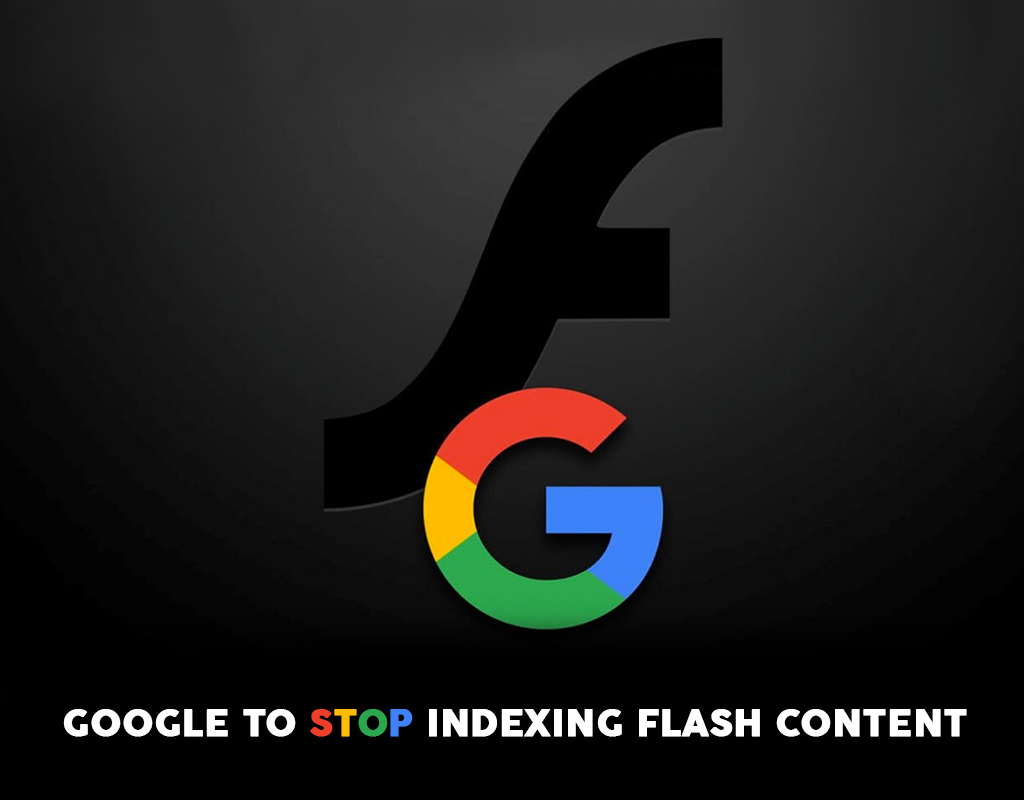
ENTER YOUR EMAIL ADDRESS
Follow Us

We knew it would happen eventually, and in fact, this was long overdue, but – Google will finally stop indexing Flash content by the end of this year. Steve Jobs predicted it way back in 2010. When Flash was first launched, it was an innovation like we’ve never seen before. But that was years ago, and a lot has changed. With the latest technological advancements, Flash seems almost outdated, and to be honest, this announcement was long overdue. But what does this mean, and what does it hold for the future of online content?
Subscribe To Nickmetrics Official Telegram Channel
A couple of months ago, Google announced that they would stop indexing content, or Shockwave flash flies in Search. What this essentially means is that any content within these standalone Flash SWF Files will no longer be processed. If any domains do contain Flash content, Google Search will simply ignore it. Before this change, Google would prioritize content that featured Flash content. Adobe, the owners and creators of Flash, also announced their plans to kill the multimedia software soon, sometime this year, tentatively.
It was good while it lasted, and it was not like Flash was ever underappreciated back in the day. Google partnered with Adobe in 2008, and ever since then, hours of videos were streamed, thousands of games were played. The search engine prioritized Flash content for a while. Google used to crawl the web for Flash content. Web developers who would use this software to create animations or games and the like would have a much higher chance of being put on top of the search pages. The software truly transformed the internet into something else, more interactive, engaging, and vibrant. It inspired creators all across the world. But as technology, and more specifically the internet, progressed, Flash seemed to lag. It became a liability with multiple security holes. And now, with better software, such as HTML5 and newer forms of Javascript such as WebGL and WebAssembly, Flash has pretty much become obsolete. Only 30% of websites used Flash content in 2011, and this fell to 5% in 2019.
Flash can trace its roots back to 1996, a full yare before Google was officially launched. But a lot has changed since then. Most major browsers such as Google Chrome, Microsoft Edge, Firefox, and Safari have all blocked any Flash content by default. And now, these changes are being implemented to Google search as well. These changes, however, will not affect users in any way. This update should not affect you unless you’re still using Flash content. If you are, you may want to update to more modern software if you want to be able to generate organic traffic.
While it has been a really good run, it is time to say goodbye to Flash content finally. It played an integral part in the development of the internet. Flash content will truly be missed, but with better, more sophisticated developments, it is much better this way.
Tags: Content Index, Flash Content, Google